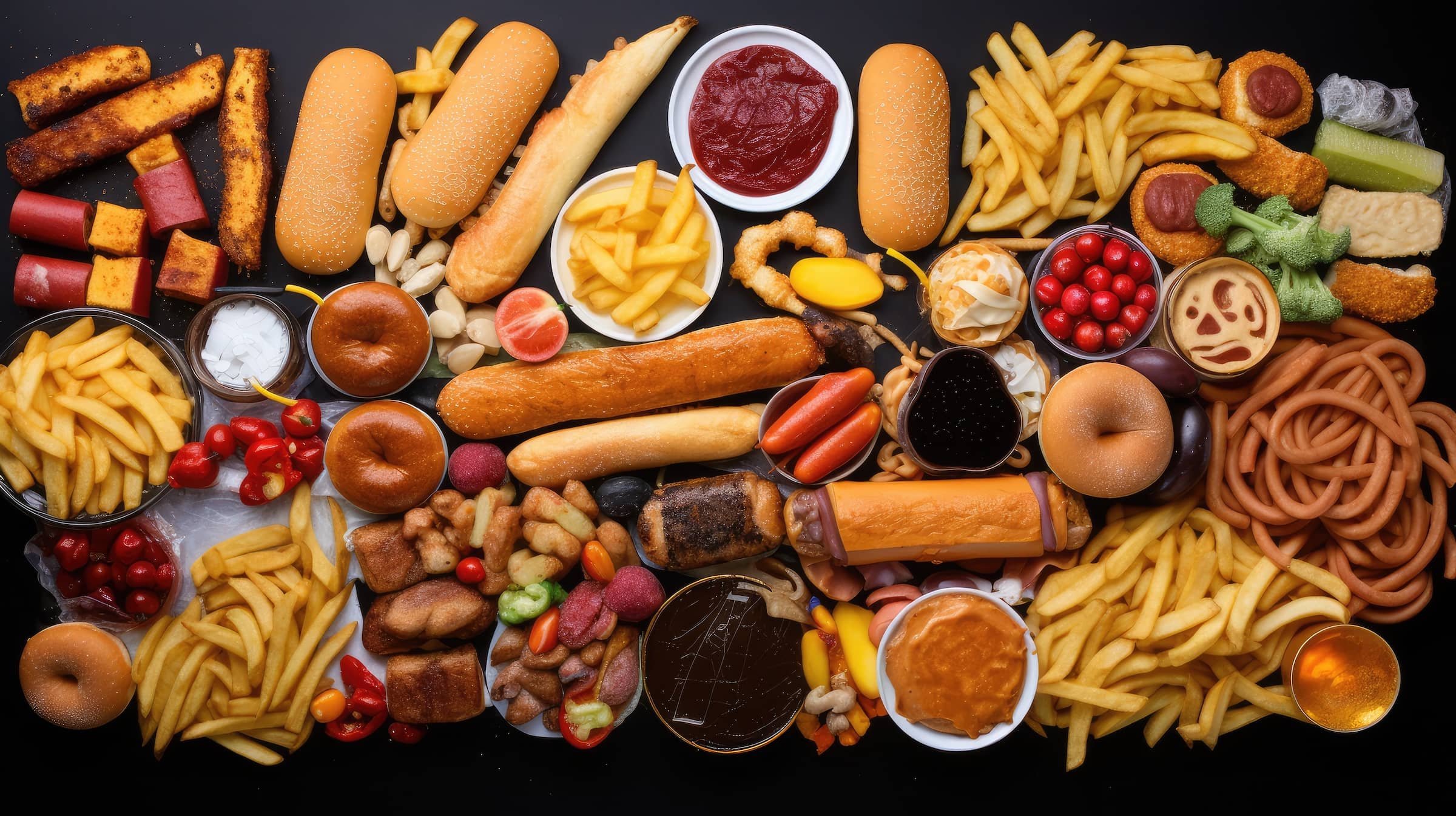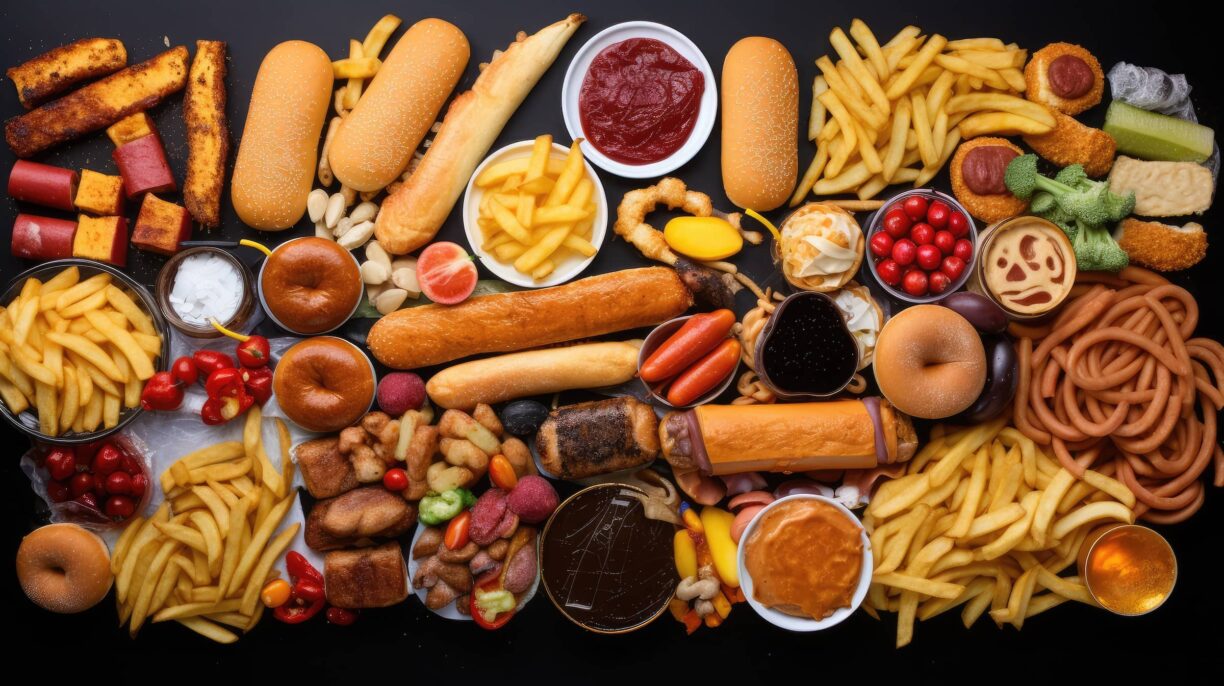Fast food websites could be a hidden cause of weight gain and the obesity epidemic, according to Robert Rusu, CEO of Enlivy.
In the modern digital age, the convenience of technology comes with some concerning side effects that affect our eating habits.
So, how can browsing a website possibly lead to weight gain?
The Temptation of Digital Food Displays
Research indicates that frequent exposure to food images is linked to increased appetite and caloric intake.
Fast food websites exploit this phenomenon by showcasing high-definition images of mouth-watering burgers, delicious-looking pizzas, and creamy ice cream.
These visuals are designed to arouse our taste buds, leading us to crave high-calorie foods.
“The power of visual appeal should not be underestimated. It taps into our brain’s reward system, urging us to indulge in such guilty pleasures more often,” says Rusu.
Targeted Marketing Amplifies the Effect
Fast food companies use sophisticated marketing techniques to attract more customers.
Tantalizing deals, such as free pizza slices with an oversized soft drink order or discounted combo deals for larger meals, are just some of the promotions designed to increase orders.
Rusu comments, “These tactics capitalize on our innate human weaknesses – our inability to resist a good deal and our craving for instant gratification – which can lead to overeating and, over time, weight gain.”
Easy Accessibility Leads to Increased Consumption
The convenience of online fast food platforms allows customers to order more frequently.
The ‘one-click order,’ ‘quick reorder’ functions, and the possibility of scheduling an order all contribute to this concerning trend.
“A ‘one-click’ way to temptation,” says Rusu. “Before, we had a natural barrier to impulsive eating – the trouble of commuting, queueing, etc.
Now, with everything at our fingertips, it’s never been easier to fall into unhealthy eating habits.”
Proactive Measures to Combat Digital Weight Gain
Despite these risks, there are ways to counteract this source of digital weight gain. Here are some proactive measures:
- Limit exposure to fast food websites: Consider using digital tools to block certain websites or reduce online time dedicated to food ordering.
- Stay mindful while surfing these sites: Don’t be swayed by enticing offers that lead to ordering more than necessary.
- Maintain a balanced diet: Include more home-cooked meals and limit fast food to occasional indulgences.
- Engage in regular physical activity: Exercise can help counteract the effects of high-calorie food intake.
Rusu emphasizes, “Making informed, sensible choices and adopting healthier lifestyle habits remain our best defences against this digital age threat.”
In Perspective
Fast food websites have merged technology, targeted marketing, and irresistible imagery to appeal to our deep-seated cravings, contributing to higher caloric intake and potential weight gain. It’s an unexpected side effect of the digital world we live in.
Aligning modern conveniences with a proactive mindset for a balanced lifestyle is crucial.
Enlivy’s Rusu offers a final piece of advice: “Remember, every time your mobile pings with a fast food offer, it’s not just a tempting deal – It’s a call to make a conscious choice about your health.”





